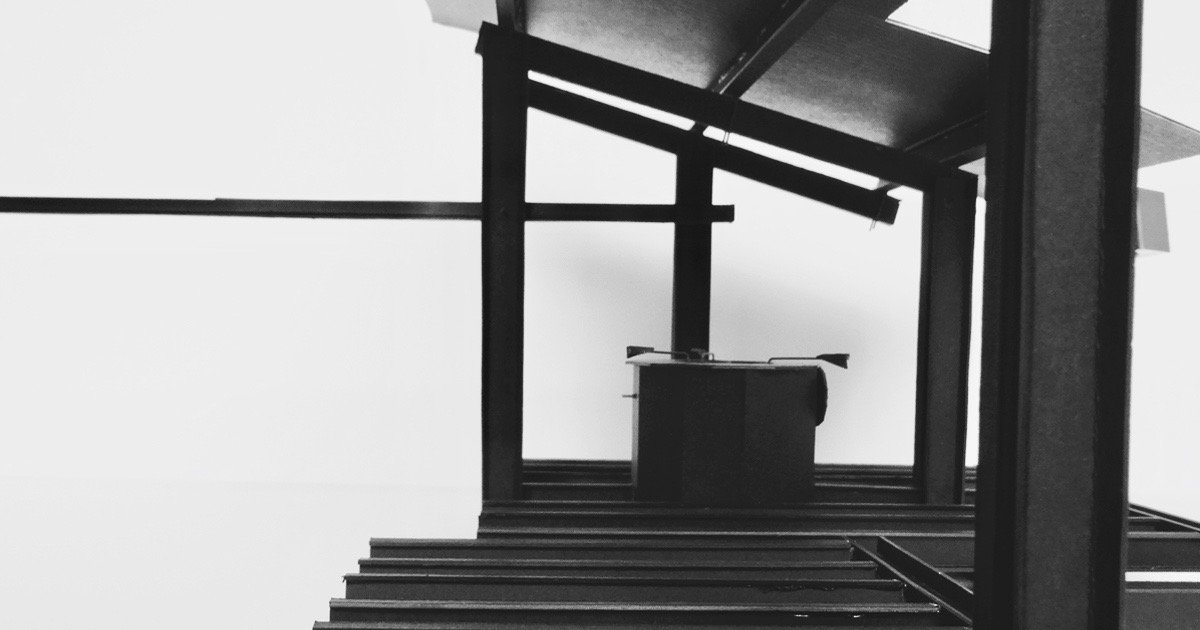
When I lost my father during the winter of 2015 I seemed to be lost for words for a very long time. So when we were asked to choose a ‘fragile context’ for the design of our master thesis project, I turned to my non-verbal language: architecture. As a deeply personal exploration of how space and matter can become a source of consolation, I designed a series of spatial interventions in my childhood home: the place where my father’s absence could be felt both spatially and mentally. Through a cyclical process of drawing and reflective writing, I uncovered my main source of inspiration: the emotional associations I felt with the different elements of the house. I materialised these associations through the slow act of drawing by hand, thus embodying consolation and making it tangible. This final intersection between place, memory and architectural detailing illustrates how both architecture and designing have the potential to become deeply emotional and comforting. I now believe that it is this brief moment when matter touches the senses and engages in ‘silent conversation’, that can truly define architecture. By sharing this project, I hope to inspire others and open doors to more intuitive and subjective approaches of architecture.
For this master dissertation project students have been invited to shape their future practice through designing a project according to their personal experiences, visions and aspirations. The author of the work presented here has chosen an almost psychoanalytical path of introversion and deep observations and reflections of the self. Through a series of handmade drawings - often snippets of heavily pencil processed paper collaged together in the heat of the process - new symbolic places in her childhood house emerge. These new places come into being through an intense imbrication of the architectural detail with the intruding materialisation that inevitably comes with it. Details, seemingly scattered around the house and the garden ‘at random’, begin to form a family of details that little by little demonstrate their growing genetic relationship as the process proceeds, and they warmly encapsulate a symbolic yet materialised presence. Formations of details in each other’s proximity become intimate and comforting spaces with the bodily dimensions of one or two people. The drawings are capable of transferring the personal sensual experiences - the sound of a drop of water into a pond of water, the mossy smell of a subterranean water well, the dry acoustics of a brick chimney - to the reader.